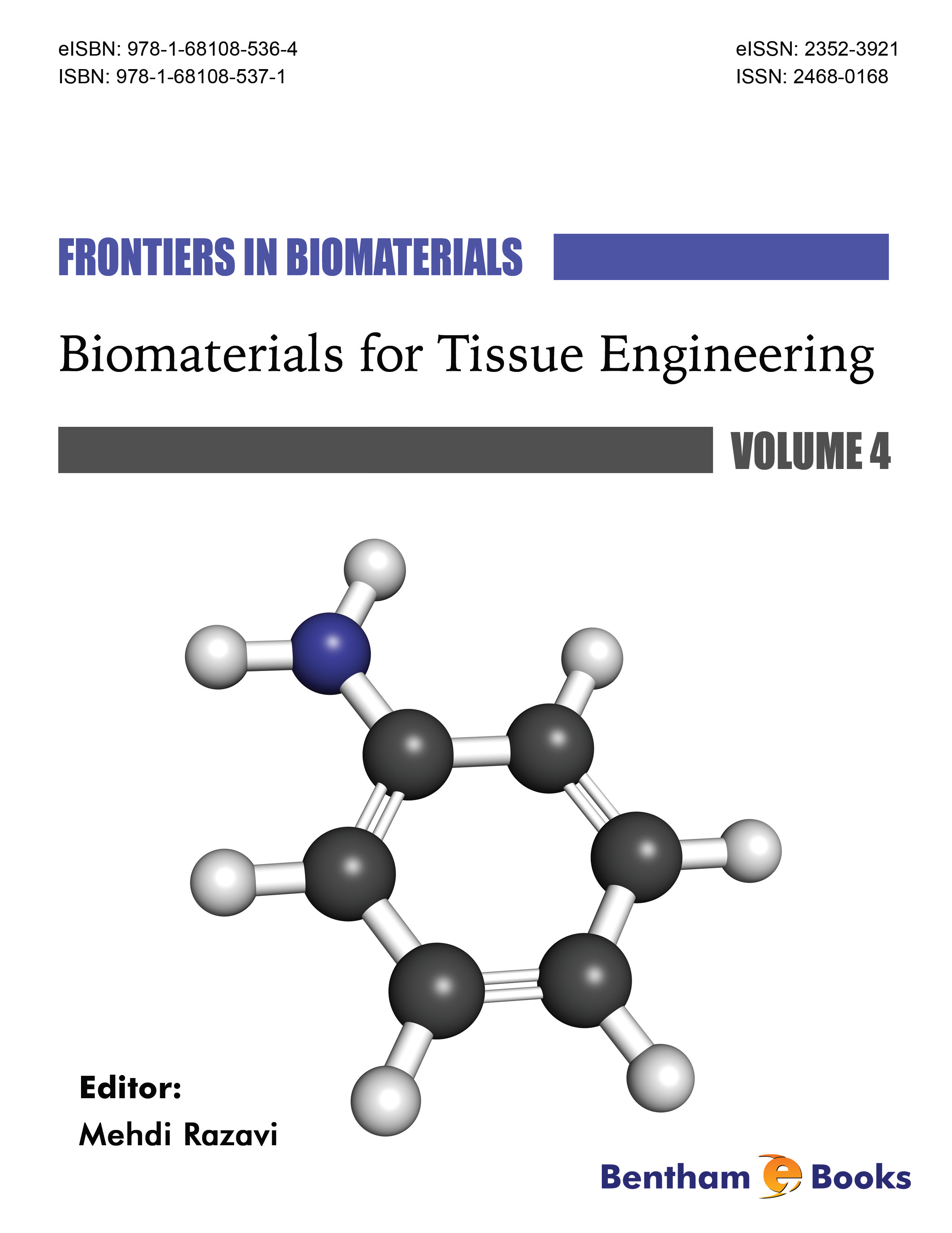Introduction
This volume reviews the published knowledge about bioactive composites, protein scaffolds and hydrogels. Chapters also detail the production parameters and clarify the evaluation protocol for analysis or testing and scaffolding biomaterials. The volume concludes with a summary of applications of porous scaffold in medicine. Each chapter links basic scientific and engineering concepts to practical applications for the benefit of the reader.
The text offers a wealth of information that will be of use to all students, bioengineers, materials scientists, chemists, physicians and surgeons concerned with the properties, performance, and the application of tissue engineering scaffolds in clinical settings.

